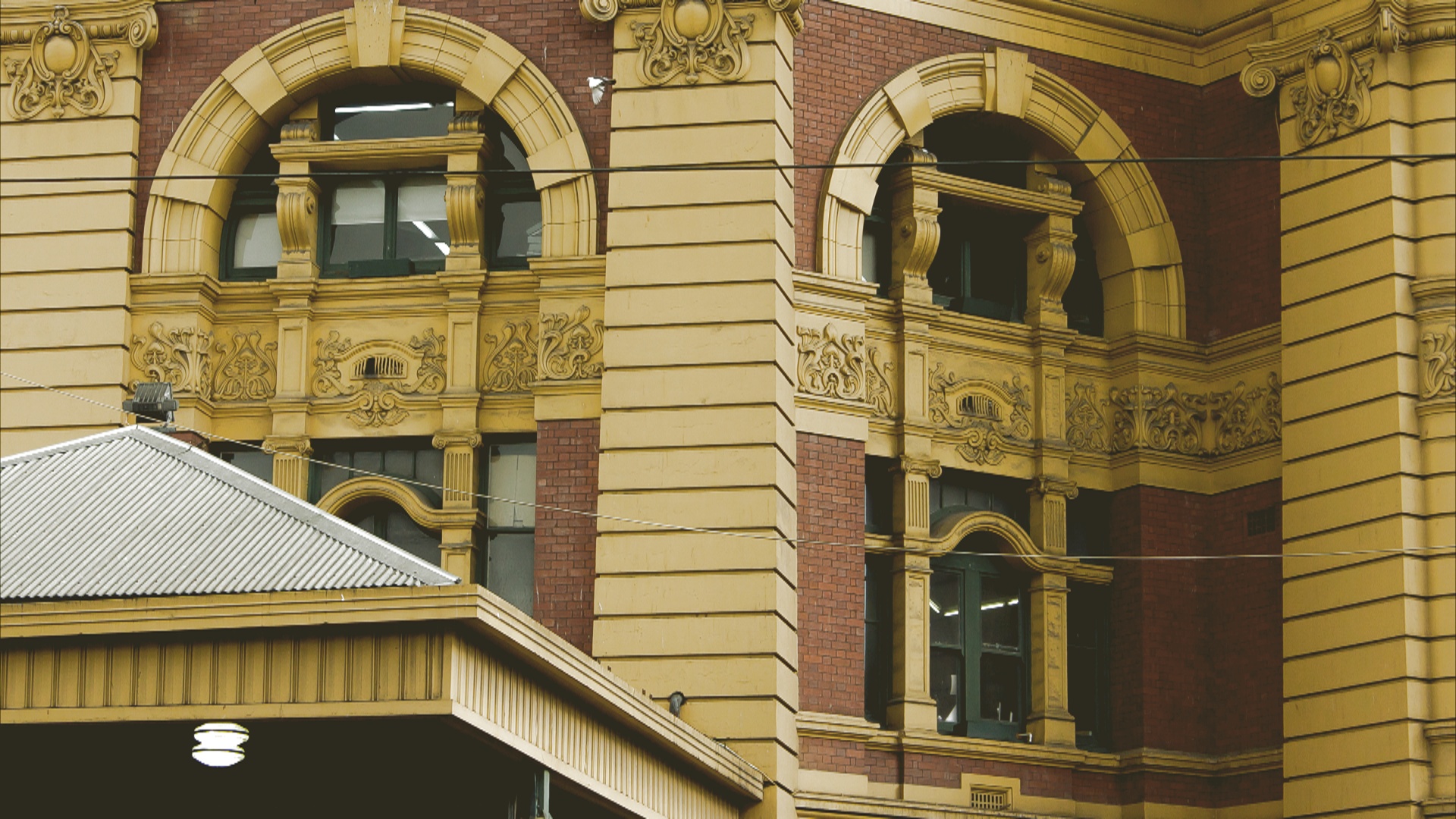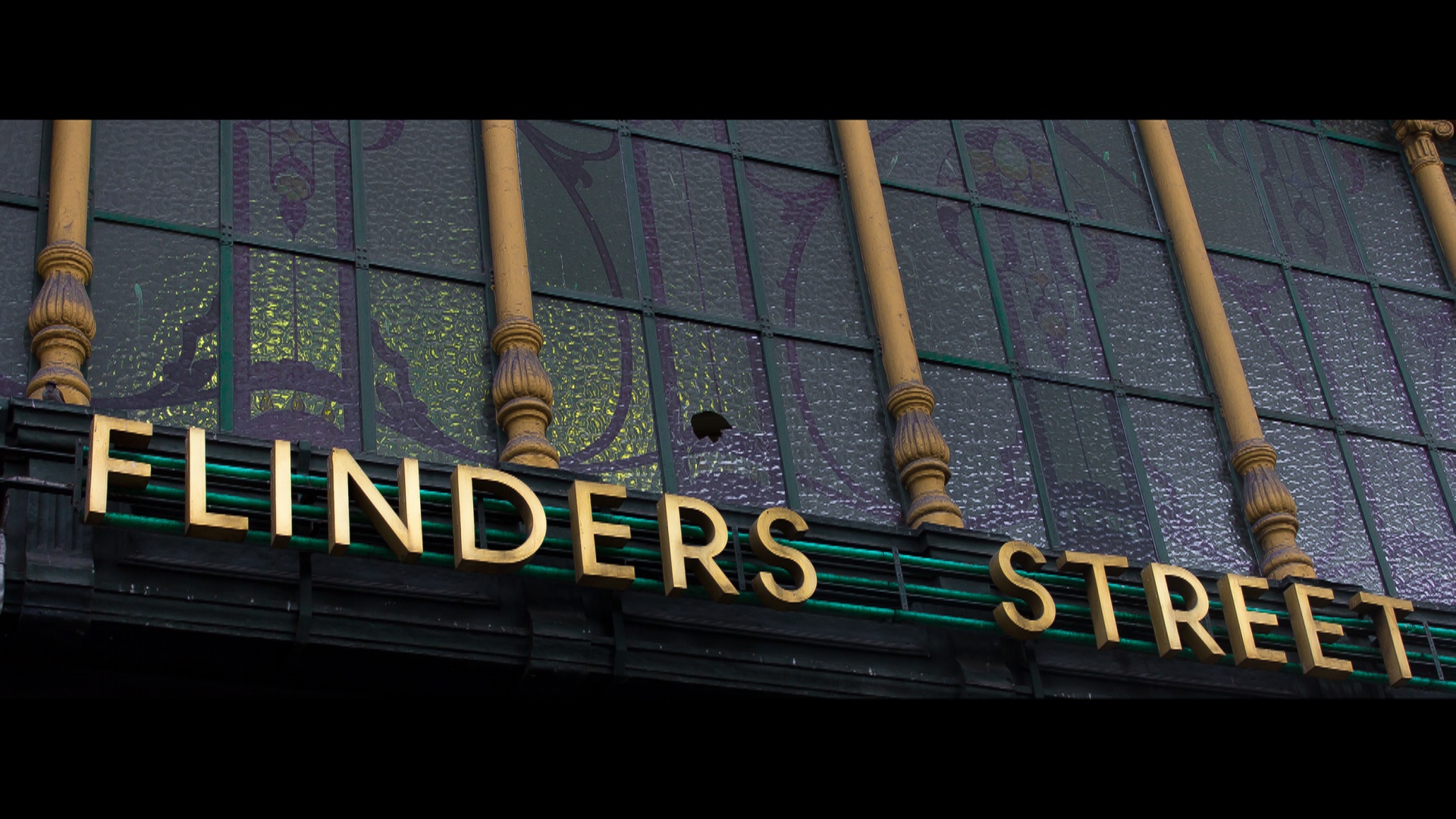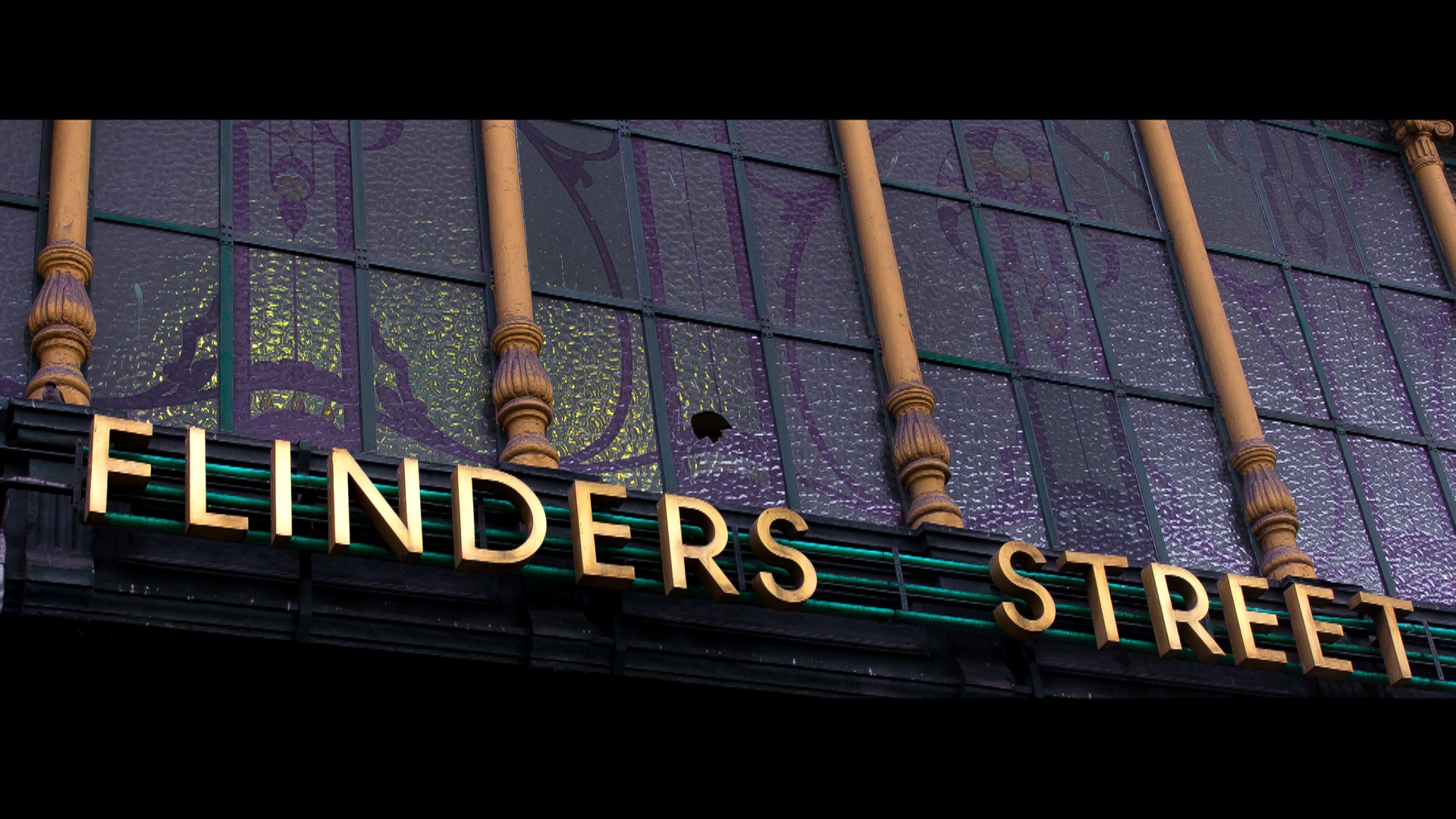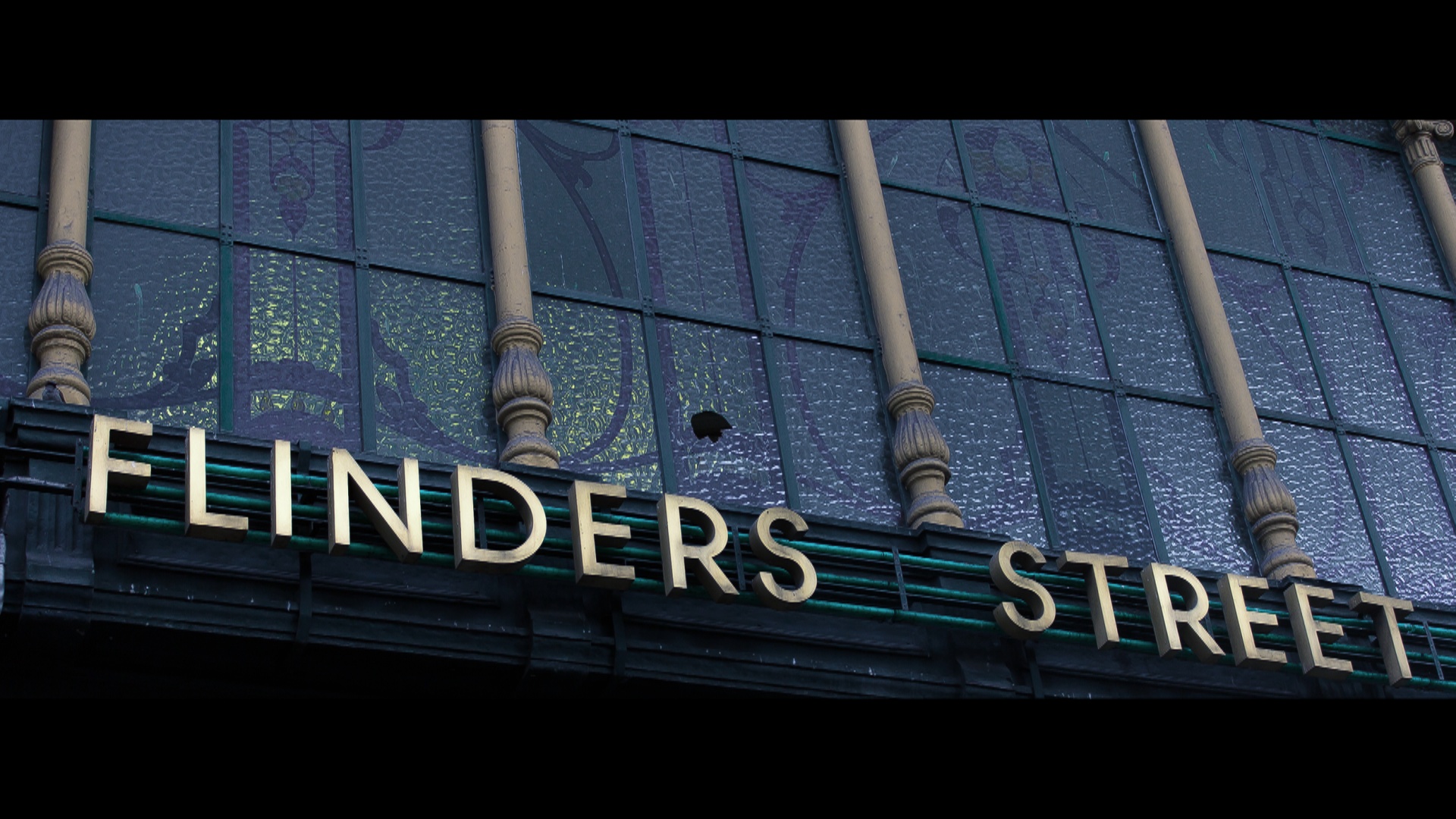Well this is awkward, I didn’t actually answer the question asking to outline my goals and desires at the start of semester since I was on holiday and didn’t quite get around to it. But anyway, this course feels like it’s gone by in one massive blur. Starting the course about three weeks late, I was expecting much of the same as Film TV 1 except with the substitution of documentary for drama film, and in many ways it was. But at the same time, I learned a lot interesting stuff that comes with filming real life as opposed to a fictional or constructed world. Stuff like various forms of documentary, how to deal with participants, and different approaches to vox pops and interviews. Putting together our documentary has been a lot of fun (I’ve been blessed with having a really hard-working group once again) and it’s also been really cool seeing other groups’ works progress. All in all, I feel like I’ve drawn a lot from this semester, despite admittedly falling behind on lecture attendance, readings and some of the analysis and reflection tasks (eek!). Definitely looking forward to the screening this Friday and seeing everyone’s work on show!
Category Archives: Uncategorized
Film TV 2 – Analysis and Reflection 5A
Some colour grading screen grabs and words about them.
Original Shot
 Grade 1: Boosted brightness and contrast, and injected a bit of cyan in order to emulate an overcast morning.
Grade 1: Boosted brightness and contrast, and injected a bit of cyan in order to emulate an overcast morning. Grade 2: Added yellow midtones and boosted highlights. Also brought down the brightness and contrast. Trying to evoke a ‘flashback’ or ‘old-timey’ feel here.
Grade 2: Added yellow midtones and boosted highlights. Also brought down the brightness and contrast. Trying to evoke a ‘flashback’ or ‘old-timey’ feel here.
Original shot
 Grade 1: Slightly boosted brightness, contrast and saturation and added some purple midtones to give the image some more overall vibrance and colour.
Grade 1: Slightly boosted brightness, contrast and saturation and added some purple midtones to give the image some more overall vibrance and colour.  Grade 2: Lowered saturation and added a blue tint to give the image a gloomy and dreary look.
Grade 2: Lowered saturation and added a blue tint to give the image a gloomy and dreary look.
Film TV 2 – Analysis and Reflection 3A
I was away from the first two weeks of semester and so the footage I had to use for this exercise was actually recorded by my classmates, not myself. Putting together this little video was an interesting experience, as it allowed me to basically try and make something abstract out of material with context that I knew little about.
Eventually I decided to go with a sort of ‘jigsaw puzzle’ idea by choosing three shots (recorded by Jake and Kim) and proceeding to cut each shot up into three pieces. Each piece would be a zoomed in section of the shot, and after showing the viewer all three pieces the complete image would be shown again. It was just a fun experiment with showing how there can be many different details within a shot that, once you disconnect them, may not seem inherently connected with one another.
I also explored this theme of disconnectedness with the use of sound. As with the video, I didn’t really know what was going through the recordists’ minds when they were capturing the audio, so this granted me a little more freedom in piecing material together in an abstract fashion. I basically chose what sounded interesting and only after a bit of time editing did I figure out what each sound was: pedestrian crossing, supermarket checkout, tram stop.
All in all, this exercise reinforced how audio and video don’t always have to be literally linked. Different sounds and different images can be mixed and matched for varying effects, even in a form such as documentary. Knowing this will definitely come in handy when we start the production process of our film.
Film TV 2 – Analysis and Reflection 2A
I couldn’t make it to the lecture to see ‘End of the Line’ but after looking up what clips I could online this is what I could gather:
‘End of the Line’ seems to have been designed to provide a look into what it is like to live in isolation. The film attempts to show the outback’s cruel harshness that is suggested to be greatly underestimated. The documentary’s shock factor in relation to this notion was successful, however it also offered an insight into the central character. It was from the perspective of this person, a strong and assertive older woman with deep religious faith, that the film became a more personal portrait of the nature of living.
The way that the documentary in places implies that ‘city people’ are ignorant and preoccupied with trivial matters seemed somewhat alienating and perhaps even cliche. The breadth of the people featured seemed narrow and did not cover a very wide demographic, which in turn leads to a somewhat limited view of the lives in Broken Hill. Nevertheless, the film’s visual elements did well to reinforce the isolated nature of the location and helped to build up a clear, if perhaps biased, picture of it.
The Eastern Expedition
K-Film Link: http://www.themediastudents.net/im1/projects/easternexpedition
Essay: The Eastern Expedition – Essay
Context: Join two Malaysian Students as they go on an epic journey into the eastern……..suburbs. Guided by a local student, the group travel and explore the area of Rowville, documenting the whole experience in a sort of vlog diary. What do they find similar/different to their homeland? What memories does the experience evoke? What expectations did they have going into this journey?
Film TV 01 – Analysis / Reflection 15
Find the keyboard shortcuts for Adobe Premiere and note two or more functions that you’ve never used before that may be invaluable to editing.
A : This shortcut leads to a tool that I don’t think I’ve ever used when editing in other programs, but has quickly become insanely useful. I’m not sure what the technical term is, but it basically lets you select all the clips in a track starting from where your cursor is and ending at the end of the project. This allows you to select and move whole chunks of things forward or backward without having to do the whole time-consuming click, scroll, drag, select process that I usually did. A simple tool, but amazingly helpful.
Cmd + Alt + V : Pasting attributes itself was already something that I only recently discovered and has saved my time immensely, especially when it came to colour grading. Now, also having a keyboard shortcut for the action makes it even more efficient.
Film TV 1 – Analysis and Reflection 10
Lecture 7 Lighting: What was covered? Do you think the content is relevant to your project? And why?
The main topic of the seventh lecture was lighting. More specifically, the lecture covered the power and capability of light, the different forms in which it comes, and how to maintain control over it in a film shoot setting.
One of the most useful points I found was about the power of cutters and blacks. Previously, I had underestimated the utility of using pieces of white or black cardboard to control light, but when they were used to demonstrate how to either increase soft light or take away fill light, it became clear that these little bits of equipment would be invaluable in a film shoot. This became very relevant to our short film project as the whole film was shot outside. Lack of powerpoints meant limited access to lights, yet it didn’t really hinder the shoot as we had cutters and blacks to help control lighting anyway.
This was basically another point from the lecture that became very apparent at the shoot: that lights aren’t always needed to light a scene well. Adding artificial light doesn’t necessarily improve the way a scene looks, nor does it demonstrate the ability of the cinematographer. As explained in the lecture, knowing how and when to take away light is just as important. Our shoot didn’t need added light. In fact, it needed less, as the shooting continued past midday even though the film’s story was meant to take place in the early morning.
Integrated Media 01 – Self Assessment Contract
1. I wish to improve my proficiency with Korsakow, and shall attempt to learn as much as possible about its technical functions over the course. By the end of the semester, I will create 3 different tutorials on my blog about how to do certain things on the program.
2. In order to confirm to myself that I have a solid understanding of each reading, I will write 1 blog post per week that adequately deconstructs core ideas behind the reading and translates those using examples more relevant to myself.
3. To gain a familiarity with interactive documentary and multi-linear storytelling, I will watch at least 7 k-films (student work or external). I will then review and discuss each k-film with a different blog post, identifying strengths and weaknesses, as well as finding what I can incorporate into my own practice.
4. I aim to improve my ability to critically reflect on my own learning constantly throughout the course. At the end of each week I will write out 1 brief review in my notebook of where I am at in terms of my learning. I will outline which points from the lecture and reading I struggle with, sketch tasks I find difficult, and problems I may face with assessment.
5. In order to gather knowledge and perspective from sources outside of staff and academic writing, I will regularly check blog posts of my peers in the course, and will comment on their views in each of my own posts about readings.
Week 3 Sketch Task: Shadow
https://vimeo.com/89298838
Featuring the fabulous hand movements of Gina Michael
Week 3 Sketch Task: Non Light
https://vimeo.com/89298837
Darkness is not a thing. It is actually the absence of a thing. The absence of light.
